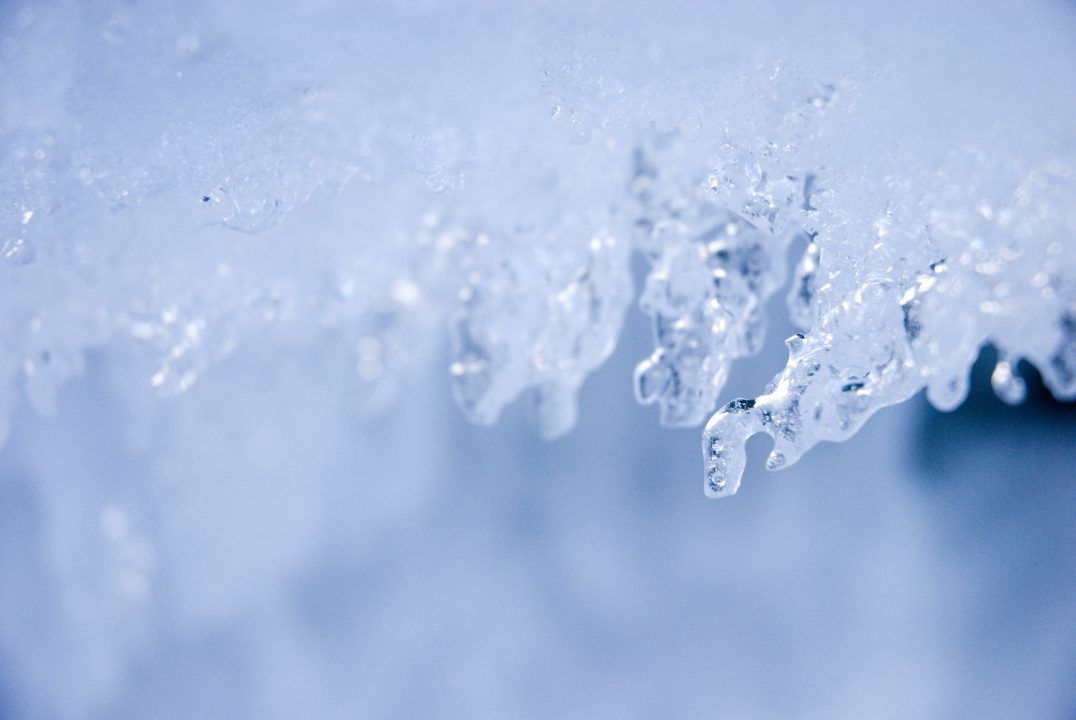A campsite used by Ice Age explorers 12,000 years ago has been found on a Scottish island.
Archaeologists uncovered long flints used by Ahrensburgian travellers from the north of Germany and Scandinavia at Rubha Port-ant-Seilich, Isle of Islay, Inner Hebrides.
At the time, Islay would have been a tundra covered in plants and herbs with the travellers the first to explore the landscape after the glaciers began to melt.
The blades would have been attached to an antler or bone shaft and used to clean animal skins, with evidence of tool making also found.
Experts said it could be the first preserved Ice Age campsite in Scotland.
Professor Steven Mithen, from the University of Reading, said: “These blades are very distinctive to Ice Age Scotland.
“This gives us a really good indication that we have an Ice Age campsite, which dates from around 11,500 to 12,500 years ago, right at the end of the Ice Age.
“Potentially, this is the first preserved Ice Age campsite in Scotland.
“At the time, the sea level would have been a little lower than it is today and the temperature a lot cooler.
“Scotland, as it is called today, would still have been joined to the continent by Doggerland and we think these people would have come here on skin boats.
“We think they arrived from North Germany and Scandinavia and then edged their away around the north of the country to get here.
“They really were explorers and pioneers. This is the first time the landscape would have opened up after the Ice Age.”
Charcoal and sediment taken from the Ice Age layer were given to the University of Aberdeen.
The latter will be tested for ancient DNA of plants and animals to build further detail on the everyday lives of the visitors.
The team also took a column of sediment from around the long flints that contained tephra volcanic ash.
It is now known this corresponds to the type emitted by two eruptions in Iceland around 11,200 years ago, helping to further date the blades.
The Ice Age artefacts were found below a well preserved Mesolithic hunter gatherer camp, where evidence of a domestic dwelling, including a fireplace, was earlier found.
It was discovered after pigs brought in to eat bracken on the coastline started to turn up flints, which Prof Mithen then dated to the Mesolithic period.
Prof Mithen said the team was due to return next year to excavate further below the Mesolithic area to reach the ‘living floor’ of the Ice Age layer.
As the Ice Age evolved into the Mesolithic period, and woodland started to cover large parts of Scotland, hunter gatherers survived on deer and wild boar.
Prof Mithen said: “The west coast of Scotland is one of the richest areas for Mesolithic activity in Britain.
“Islay was one of the most important locations where these hunter gatherers went back to time and time again.
“We know from the fireplace it was important, a place for storytellers to gather, where information about the landscape would have been shared.”
By Ellie Forbes, SWNS
Follow STV News on WhatsApp
Scan the QR code on your mobile device for all the latest news from around the country


 iStock
iStock


























